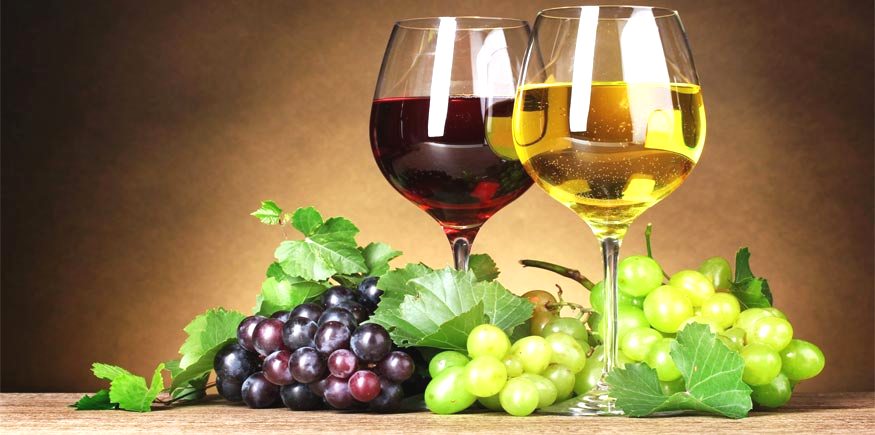
Getting off the comfort zone and trying new things can be both scary and exciting all at the same time. Same idea applies on getting yourself signed up in the wine society. And that’s where the challenge comes up—you have no idea, or at least at the start.
When buying wine, from the infinite selection of wine producers to the list of favorites you want to keep a record on, not to mention the fact that you don’t know how to open a wine bottle or the right temperature to keep the wine in its most desirable taste, the list of factors to consider can be very tricky—and surely you don’t want to mess it all up.
Mistakes are inevitable—we learn from them—but in order to lessen the hassles and save money from trying the wrong ones and doing the most obvious mistake all over again, we summed up the beginner’s guide to wine.
Wine, its variety and your taste
First things first, know what you’re dealing with—and that’s wine. It is simply a beverage made up of fermented grapes or other fruits. There are different types of wine you must be aware of—white, red, rosé, sparkling, fortified wine—which comes from different kinds of grapes or fruits.
Developing your taste on choosing your favorite from these types can be very confusing. So you start from the level of sweetness that is categorized to three—dry, semi-sweet and sweet. Dry wines have their sugars fermented to alcohol; semi-sweet wines are touched with sweetness for balance in acidity; and sweet wines leave more sugars un-fermented to alcohol, making it less alcoholic.
Size and shape matter
To make life more miserable, the size and shape of glass on which a certain kind of wine should be poured play a big role as well. It’s not a mere shot glass or simple tumbler as well as mug that should be kept in the cupboard. Choosing the right shape and size matters not because you can afford the collection of this glassware, but studies show that these factors affect the taste of the wine.
In 2015 in Japan, a study on wine glasses was launched, proving once again through photographed images that the aroma released in every kind of wine should fit the size and shape of the wine glass to preserve its taste and control the aroma that will enter your nose.
Buying and food pairing
With aforementioned basic factors considered, it is time to buy the right wine. In addition, vintage variation can also be on the long list of things to put in mind simply because, like any other factors, it affects the taste of certain wines. It is said that wine can vary greatly year after year depending on the climate it goes through. So basically, cooler regions with more weather variation will produce more varieties of vintage wines. Countries with most volatile climate conditions include Northern Italy, France, New Zealand, Chile and Oregon and Washington State.
In buying wine, however, you should consider when it will be best opened and what’s in the menu once opened. One of the general rules is that the wine should champion the food. The taste of the wine should stand out instead of getting confused with the strong taste of the food. Also, the wine must be sweeter than the food or else it will taste bitter if its sweetness will be overpowered by the food. Pairing a bitter wine and a bitter food is a big no.
Bottom line
It takes time to develop your sense of great taste in choosing the right wine for the right food for the right occasion. Trial and error is a normal procedure but with more research and reading expert’s reviews, the burden of a beginner’s guide to wine will lighten.
